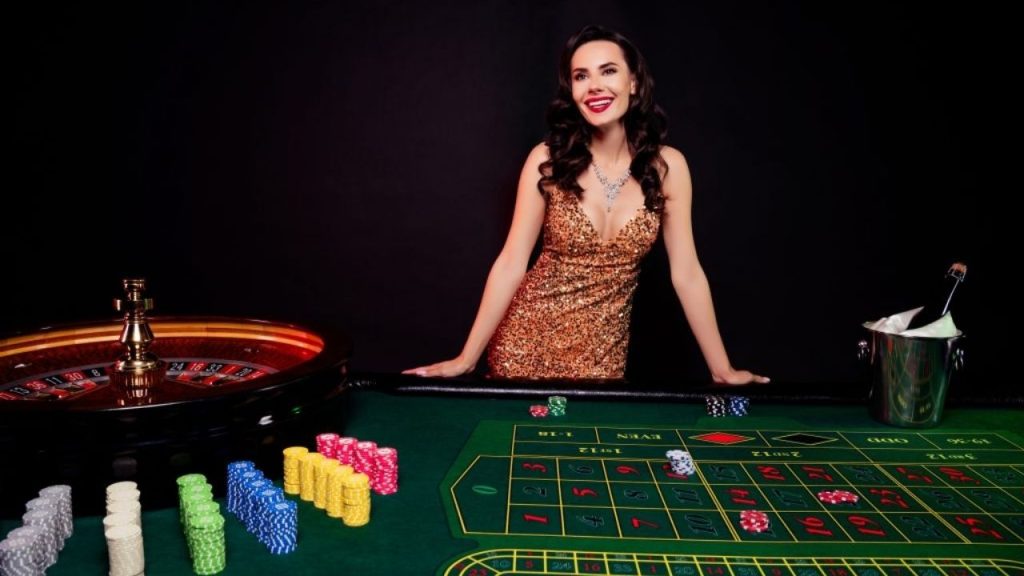Aviator: Roulette has captivated casino enthusiasts with its glamour, intrigue, and thrill since the 17th century. Its global popularity is due in part to its straightforward rules, making it easy for beginners to pick up. Yet, beneath its simplicity lies a surprising depth that appeals to serious bettors. With the right strategy, roulette can offer impressive rewards. If you’re looking for a clear, quick guide before taking a chance on black, you’re in the right place. We’ll walk you through the essentials where to place your chips and how to manage your winnings with confidence.
Aviator: Roulette Rules and Tips
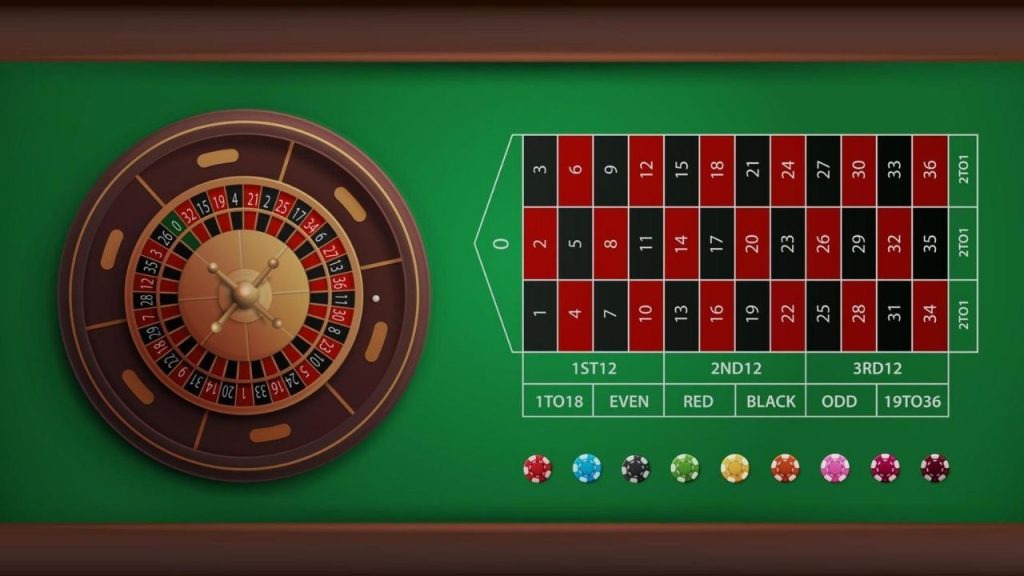
To win at roulette, your goal is to predict the number or category of numbers where the ball will land after the dealer spins the wheel. Each round begins once the dealer clears the table of chips from the previous game. You can then place your bets on the number slots of your choice.
For beginners, it’s smart to start with “outside bets” — these cover larger groups of numbers and generally offer better odds, making them more affordable and less risky.
Steer clear of complex betting systems or high-stakes strategies. Roulette is largely a game of chance, so focus on enjoying the experience and knowing when it’s time to cash out.
Aviator: Understand the Game Pieces and How to Win

To play roulette, you need two main components: a wheel and a table. Both feature numbers 1 through 36, plus a single 0. (American roulette tables also include a 00.) The dealer spins a small white ball on the wheel, and it eventually lands in one of the numbered slots.
Aviator: Your goal is to place a bet on the table, choosing the number or category you believe the ball will land on. If your prediction is correct, you win and get paid accordingly.
- Beyond betting on individual numbers, the table also offers additional betting options, such as:
- Numbers 1–18
- Numbers 19–36
- Even numbers
- Odd numbers
- Black numbers
- Red numbers
- 1st 12 (covers numbers 1–12)
- 2nd 12 (covers numbers 13–24)
- 3rd 12 (covers numbers 25–36)
Aviator: Learn about the different types of “inside” bets.
In roulette, you win by correctly predicting the number or category of the pocket where the ball lands. “Inside” bets are wagers placed on specific numbers rather than large groups, which means they have a lower chance of winning but offer higher payouts. Common inside bets include:
- Straight up: Betting on a single number, pays 35 to 1
- Split: Betting on two adjacent numbers, pays 17 to 1
- Street: Betting on a row of three numbers, pays 11 to 1
- Corner: Betting on four numbers that meet at a corner, pays 8 to 1
- 6-line: Betting on two adjacent rows (six numbers total), pays 5 to 1
- To place a 3-number street bet with one chip, put your chip at the end of any row of three numbers on the table. For a 6-line bet with one chip, place it on the border between two adjacent rows.
In American roulette, there are also special bets like the 5-number bet covering 0, 00, 1, 2, and 3, which pays 6 to 1, and the Row 00 bet on 0 and 00, which pays 17 to 1.
Aviator: Memorize the various “outside” bets.
Unlike inside bets, outside bets cover larger groups of numbers such as evens or odds, reds or blacks, and high or low ranges. To place an outside bet, place your chip on the corresponding area outside the numbered grid on the table. Though outside bets offer lower payouts, they have a higher chance of winning. Common outside bets include:
- Color bet: Red or black, pays 1 to 1
- Even or odd bet: Pays 1 to 1
- Column bet: Covers 12 numbers in a column, pays 2 to 1
- Dozen bet: Covers groups of 12 numbers (1st 12, 2nd 12, etc.), pays 2 to 1
- High or low bet: Covers 1-18 (low) or 19-36 (high), pays 1 to 1
Aviator: Understand the “house edge” and how it impacts your chances.
At every roulette table—and indeed, at all casino games—the “house” (the casino) always holds an advantage. This edge comes from the presence of the zero (0) pocket, which gives the casino about a 2.7% better chance of winning compared to the players. While there are many theories about improving your odds, none are truly effective. However, certain game variants can shift the balance somewhat:
Some French roulette tables use special rules that generally benefit the players. The “La Partage” and “En Prison” rules apply to even-money bets (bets that pay 1:1, such as odd/even, black/red, or high/low) when the ball lands on zero (0).
With these rules, players only lose half of their bet instead of the whole amount. The key difference between the two is that with La Partage, players immediately lose half their bet when zero hits, while with En Prison, they can leave half their bet on the table for the next spin in hopes of recovering it.
In contrast, American roulette tables include both a 0 and a 00 pocket, which significantly increases the house edge. On a single-zero table, the casino’s advantage is around 2.7%, but on a double-zero (00) table, the edge rises to about 5.26%.
Aviator: Playing the Game
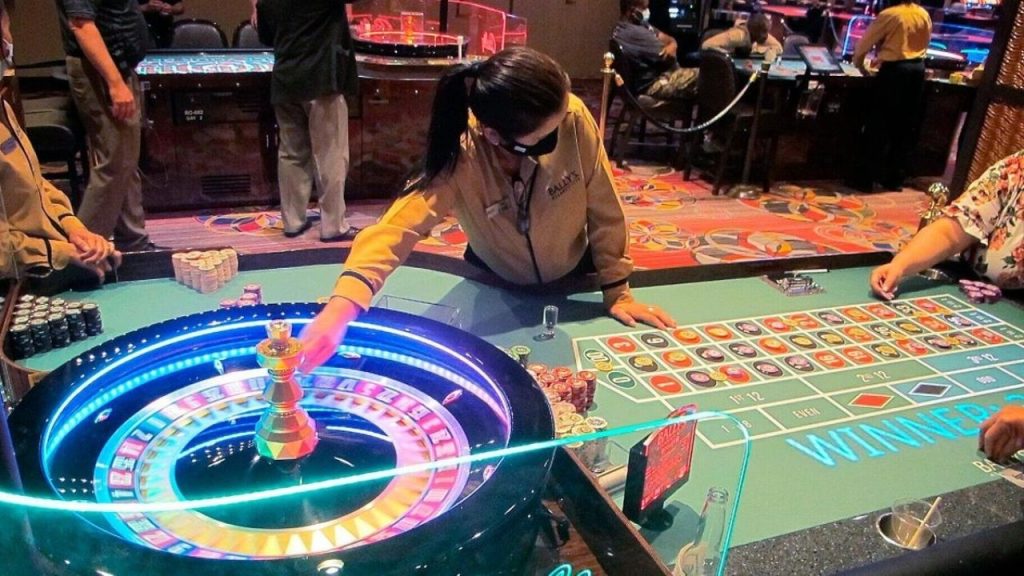
Choose a Roulette Table Within Your Budget
Each roulette table displays a sign showing the minimum and maximum bets allowed. For example, one table might say: “Roulette. $5 minimum inside bets, $5 minimum outside bets. $1,000 maximum outside bets, $100 maximum inside bets.” Inside bets usually have lower maximum limits due to their higher payouts.
Before you start playing, set a budget to know the maximum amount you’re willing to spend. Then, select a table with minimum bets that let you play multiple rounds without exceeding your budget.
Every table also features a board showing the numbers the ball landed on previously. However, don’t try to base your bets on these past results—the odds remain the same on every spin. The wheel and ball don’t change, so each number’s chance of coming up is always equal.
Pay close attention to what’s happening at your table to make smarter bets. While you can try various roulette strategies, luck is a big factor. Observing the dealer, the table, and the wheel can give you an edge. Watch for any patterns or habits.
For example, some dealers release the ball with the same angle and speed during a session, which might cause the ball to land in the same general area repeatedly.
Although wheels can sometimes become unbalanced, casinos regularly check their equipment, and it’s difficult to notice an off-kilter wheel without tracking thousands of spins.
Aviator: Buying Roulette Chips
When you’re ready to play at a roulette table, start by purchasing a roulette chip from the dealer, also known as the “croupier.” The dealer will ask you what value you want each chip to represent. For example, at a table with a $5 minimum bet, you could assign your chips values anywhere from $1 to $100, or any amount in between. Once you decide the denomination, the dealer will mark your uniquely colored chip with that value and hand it to you.
Unlike regular casino chips, roulette chips come in specific colors for each player to distinguish bets easily. This is why even couples are often advised to sit separately during the game. Remember, roulette chips only have value at the roulette table itself. When you’re finished playing, simply place your chips back on the table and tell the dealer you want to cash out. They’ll exchange your roulette chips for standard casino chips.
Aviator: Understanding the Roulette Round
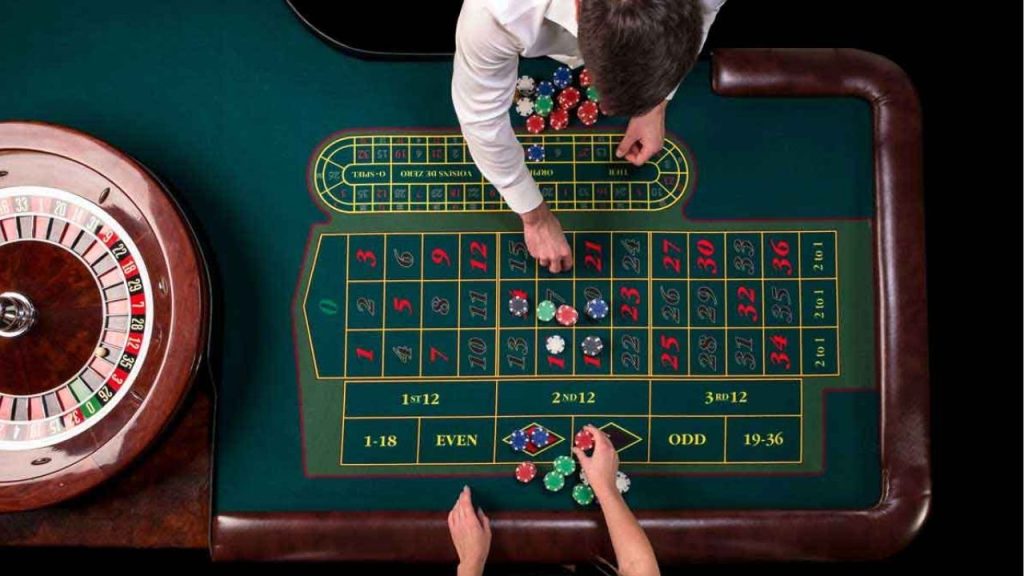
Knowing how a roulette round works can help you make timely and strategic bets. After the dealer clears the table and pays out the winners, a new round begins. The dealer pauses briefly, allowing players to place their bets. Once everyone is ready, the dealer spins the wheel and launches the ball, often announcing “no more bets!” to indicate the betting window is closed.
After the ball lands on a number, the dealer marks the winning spot on the table. Losing bets are cleared away first, then winning bets are paid out. The cycle then repeats for the next round.
Aviator: Place Your Bets on the Designated Spots on the Table.
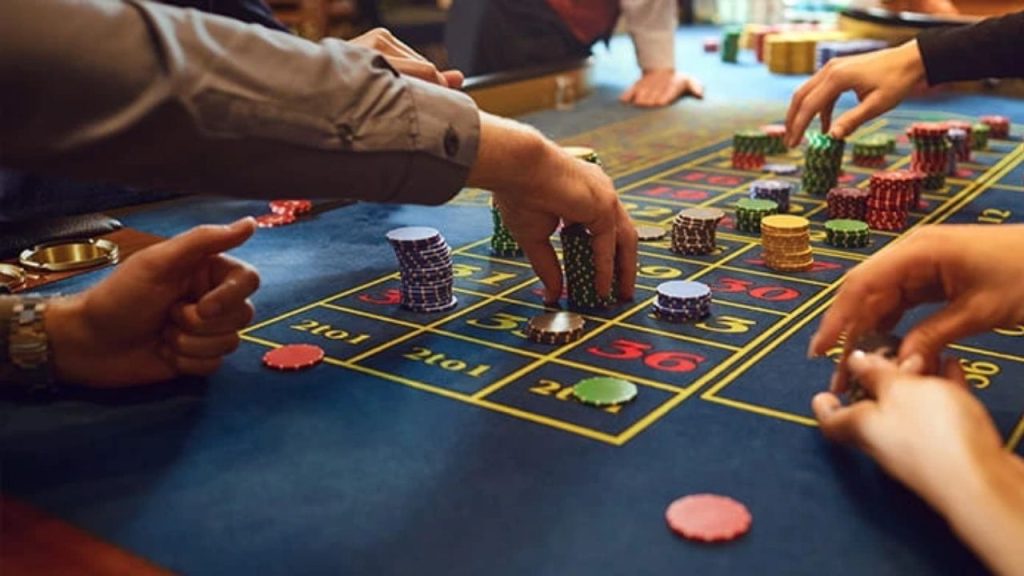
Once the dealer has cleared the previous round and starts a new one, put your chip(s) next to the number or section you want to bet on. The first six bets go on the numbered pockets from 0 to 36 on the roulette table. If you want to bet on a column, place your chips in the empty space below the three columns. To bet on dozens, choose the pocket labeled P 12 for the first 12 numbers, M 12 for the middle 12, or D 12 for the last 12 numbers. For outside bets, place your chips on the pockets marked red, black, even, odd, high, or low.
If you win a round, cash out your chips promptly. Then continue betting using your preset budget, avoiding the temptation to gamble with your winnings.
Some players like to observe others, hoping to catch on to some insight or simply to do the opposite of their opponents’ moves. You can try this approach, but it won’t reliably improve your chances beyond pure luck.
Aviator: When playing multiple rounds, consider using a low-risk, low-reward strategy like the Fibonacci betting system. This method involves placing 50/50 outside bets (such as red or black, odd or even), with bet amounts following the Fibonacci sequence: 1, 1, 2, 3, 5, 8, 13, 21, 34, 55, 89, and so on. For example, you’d start by betting 1 dollar, then another 1 dollar, then 2 dollars. Each time you win, move back two steps in the sequence for your next bet.
Avoid high-risk, high-reward strategies like the Martingale system, where you double your bet after every loss. While it can offer big payouts, it carries a much higher risk of losing your money quickly.


